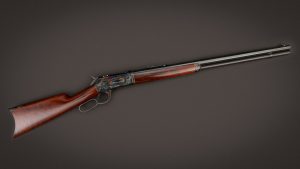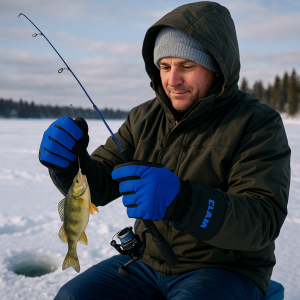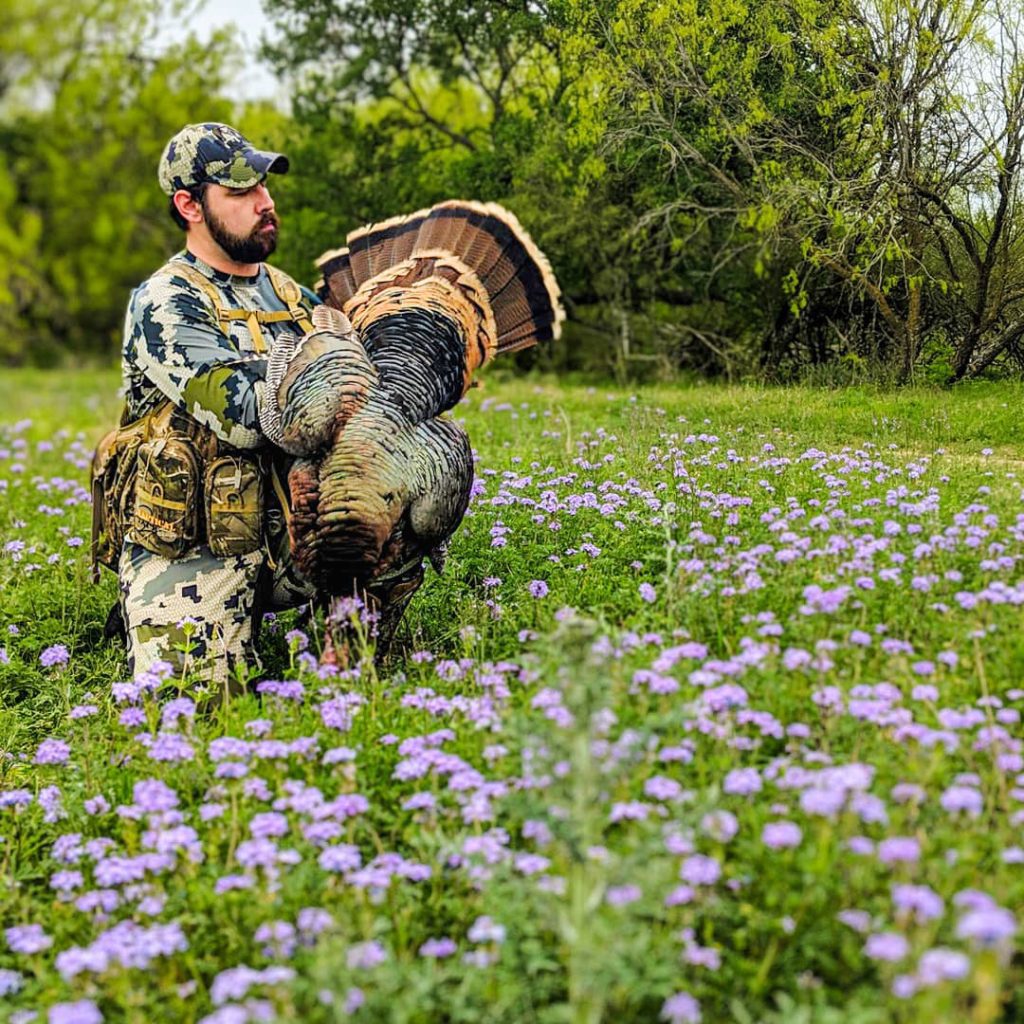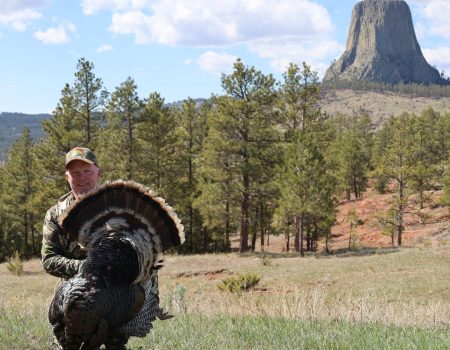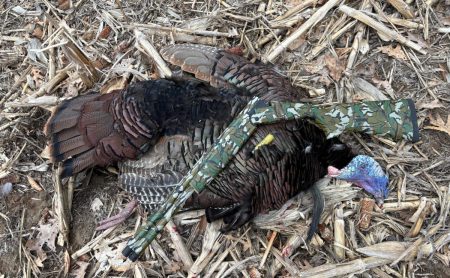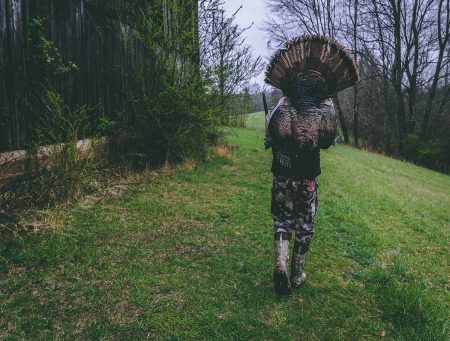So your turkey vest has a compartment for 8 different slate calls, 4 box calls, several mouth calls, an owl hooter and probably a few more, but I’ll just stop there. There was a time in my early turkey hunting career that I filled every pocket and compartment with something. Surely, the turkeys wouldn’t stand a chance against my vest chock full of random calls, right? Well, it didn’t take long for me to figure out that having a multitude of calls was often pointless, especially when hunting henned up longbeards as the season pushed-on into the late spring. What I soon realized was that it wasn’t about the amount of calls that you were able to carry with you on any given hunt, it was your ability to use and manipulate them to adapt to different situations.
I think that when it comes right down to it, it’s easy for a lot of turkey hunters to want to carry as many calls with them as possible. There’s just something reassuring about having more calls at your disposal. And, this is especially true on those tough days when you’ve been hunting all morning and haven’t heard a single gobble, it’s easy to want to grab that random call from your vest that you’ve never tried before. If I’ve learned one thing over the years, it’s that calling in a stubborn longbeard is often about playing the right tune, at the right pitch, at the right speed. After chasing these finicky birds for a long while, I’ve boiled down a vest full of calls to two that always seem to do the trick, no matter what the circumstance.
The Glass Call: An Endless Circle of Options
Last spring, I ventured out into the woods around 11am on a rather mild Texas spring day. The sun was shining, the songbirds were singing, but the turkey’s were dead silent. After going through my mid-day lonely hen soundtrack without any suitors gobbling back, I decided to get more aggressive on my pot call. Nearly cracking the glass, I sent out a barrage of cuts and clucks, soon to be answered with a gobble within 150 yards. He played games for a bit, but ultimately couldn’t resist it when I shut down and went to purring here and there. He then foolishly let his guard down, strutted into 8 yards and ate some TSS. The moral of the story with this bird is that I never switched calls, I just manipulated the same one until I found something that he liked. For this reason, pot calls have always been a favorite of mine over the years.
When it comes to pot calls, I prefer to use a glass surface, rather than slate, or metal. Glass offers a great range of volume that can cut through the nastiest of winds and is soft enough to work birds at close range. The only time that I might move away from a glass surface is when I need something weather-proof and then I’ll switch to aluminum. To me, glass calls have the widest range of sounds, pitches and options to get the attention of a nearby Tom. In one quick movement, you can go from a really aggressive cut to the gentlest of purrs, all with the same striker. For the last few seasons, I’ve been using a walnut glass call, made by ESH Custom Calls and it’s been a rockstar against the Texas Rio’s. Because they’re handmade, the attention to detail is really apparent in places that some other call manufacturers simply miss, such as how tight the glass sits against the rest of the pot. Not only is this important for sound quality, but it’s also really important to keep the call in good working order for several seasons.
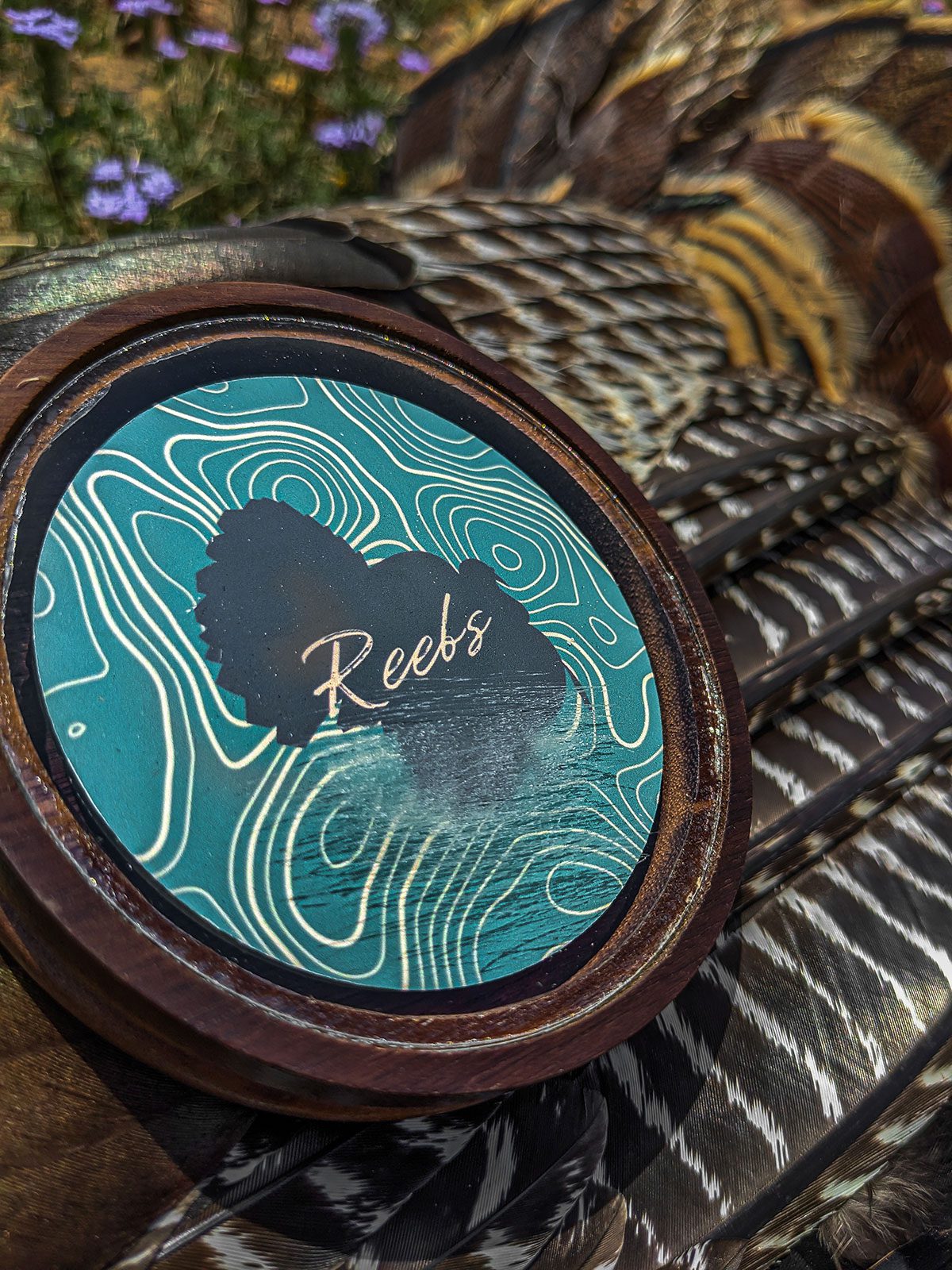
But volume isn’t the only thing that keeps me reaching for my glass call, it’s really the pitch of the call that does. Oftentimes, volume and pitch can be easily mistaken for the same thing, but vastly differ in reality. Volume is nothing more than how loud a sound coming off the call is, whereas pitch is the frequency of the sound, which is related to the strength of the vibrations between the striker and the surface.
On any given day, a lonely hen can go from low, almost blunt-sounding putts, to raspy high-pitched yelps and Toms in the area listen for it all. Because of the surface hardness of the glass, these pitches can be easily mimicked with the same striker. For desperate yelps, clucks and cuts, I tighten down on the grip of my hardwood striker and press firmly onto the surface. If I’m trying to lure a bird into the final stretch if he’s either hung-up or hasn’t seen my decoy yet, I have a really soft grip on the striker and can feel each movement of the purr that comes off the glass. Just by readjusting the striker grip, can vastly change the pitch of your call and many times, this is the secret to fooling a local gobbler.
The Diaphragm Call: The Deal Closer
While the pot call reigns supreme in my spring line-up of go-to calls, a mouth call offers unmatched portability and stealth that cannot be questioned. As anyone that’s been out in the turkey woods knows, sometimes you just can’t plan on when a gobble is going to echo in your zone. And, usually, these gobbles come at times when you’re least expecting it, leading to a quick run and gun setup. When the pace is rushed and time is of the essence, there is no denying that having a mouth call at the ready is always a great option, even for hunters who aren’t experts at using them.
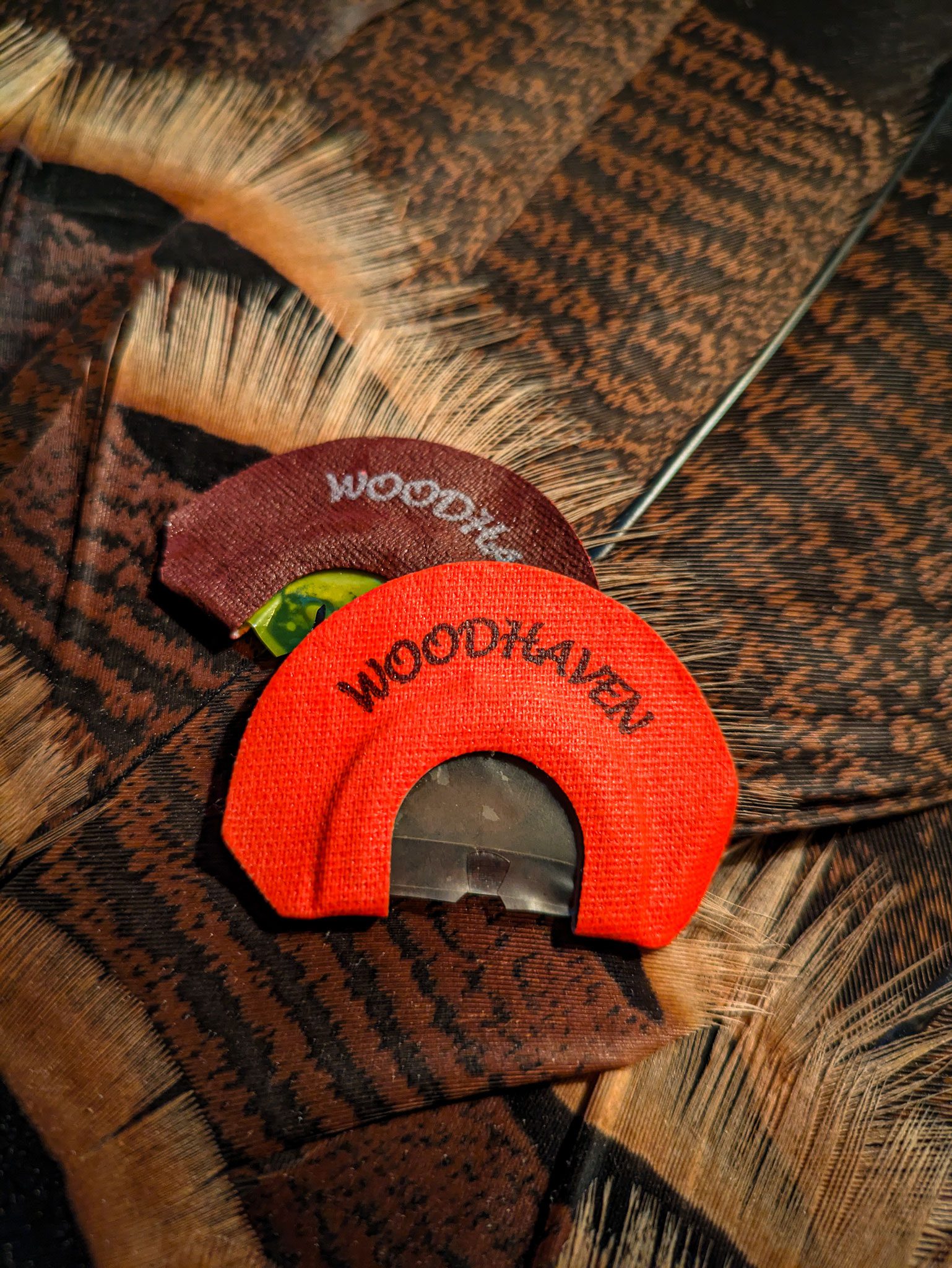
Despite having a pretty simplistic design, mouth calls have come a long way since the early days of hitting the turkey hunting scene. Back in those days, there were only a handful of different options, which really put more pressure on the person using the call. Nowadays, these calls come with a variety of different latex cuts for different sounds, several layers of well-designed material and a wide arrange of frame sizes to really customize the fit to each hunter. Just these simple changes have made these calls drastically easier to use than many of their ancestors.
For me, the use of a mouth call is often more of a strategic move for when I’m in a tight spot and the bird is coming in hot. Even if I’m working a bird with another type of call, having this call at the ready is hard to argue. Regardless of whether you’re a seasoned caller or just starting out, having the ability to make a soft hen sound at close range, while still being in full control of your shotgun is worth it, regardless of how proficient you are with this type of call. Over the years, I’ve found that ghost cut calls are simple to use, even with limited experience and produce softer sounds with ease. Personally, I like running the Woodhaven Toxic Orange call when I know I might need to let out a few soft yelps to move a Tom into shooting position. This call has saved me countless times over the last few seasons, when I needed to stay on my shotgun and didn’t have the ability to work another type of caller.
Winning Combination: A Match Made in Turkey Heaven
The true magic unfolds when you combine the versatility of the glass call with the convenience of the mouth call. Here is how I like to use them in tandem to seal the deal on a spring-time longbeard.
- Use your glass for initial calling, locating and switching pitches and tones.
- Use the mouth call for close calls and fast setups, where having full control of your shotgun is key.
- Use the glass to project higher volume across long distances, and then switch to the mouth call as the bird enters your line of sight. He’ll be locked into the initial sounds of your glass call, and then will be listening for follow-up calls, which can be made using the mouth call.
- Variety is paramount, so don’t get stuck in a consistent groove of playing the same call. Experient with different yelps, cuts and clucks and then transition to soft purrs and putts in the same sequence.
- For added realism and depth, use your glass call in conjunction with your mouth call, to mimic different hens in the same area. This will drive that nearby Tom nuts.
Remember, mastering either one of these turkey calls is a lengthy journey, not something that happens overnight. Each interaction with a gobbler is different, oftentimes leading even the most seasoned bird hunters to scratch their heads with questions as to why something worked or didn’t work. Enjoy the learning process, have fun experimenting, and most importantly, watch and listen to both the hens and Toms that are responding to you. There’s no better teacher than a real-life local bird!

Per our affiliate disclosure, we may earn revenue from the products available on this page. To learn more about how we test gear, click here.

